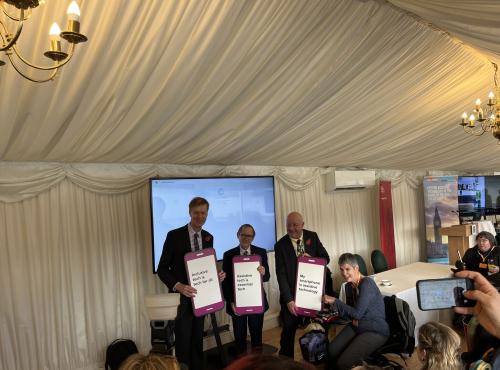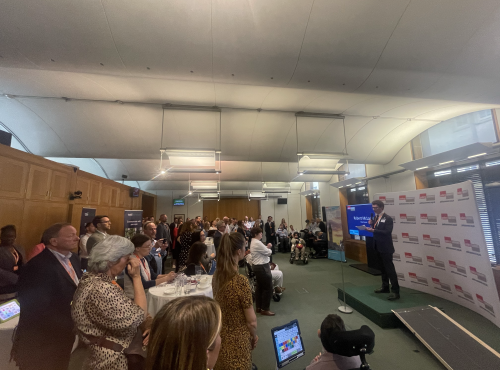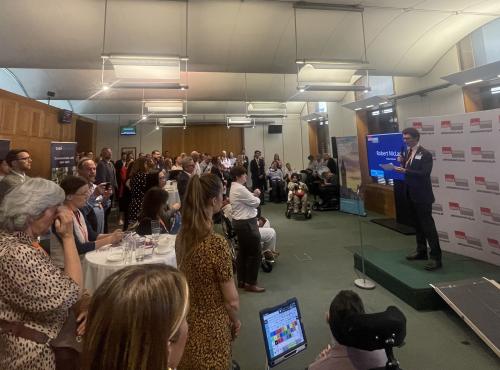Accessible virtual learning environments - making the most of the new regulations
This report has been produced in advance of the new digital accessibility regulations becoming law in September 2018, to help the Government and FE/HE providers put in place the necessary guidance and practical provisions to turn the regulations into reality.
The new regulations, in improving equal access to higher and further education, can - if implemented well - make an important contribution to meeting the Government’s ambition to create a more prosperous and equal Britain by growing our domestic talent pool and closing the disability employment and attainment gaps.
The report’s recommendations are aimed at doing much more than simply achieving compliance with the regulations. They set out how the requirements can be met in such a way as to improve learning and education for all students whether disabled or not.
The report begins with with the context of why digital accessibility is important in education. It starts with the recent history of inclusion and sets out how digital accessibility can make virtual learning environments (VLEs) a key learning tool for all users. Chapter 2 sets out what the new regulations will mean for educational leaders, lecturers and teachers, and what kind of information and data is included or exempt. Chapter 3 describes how the Government and sector bodies can help higher and further education institutions deliver on their obligations under the regulations – implementing these recommendations will be cost-effective and help consistency of application across the sector. Chapter 4 is targeted at the higher and further education institutions themselves and provides a strategic ‘how-to’ guide to implementation, with the objective of using the requirement for digital improvements to make education and learning better for all students.



